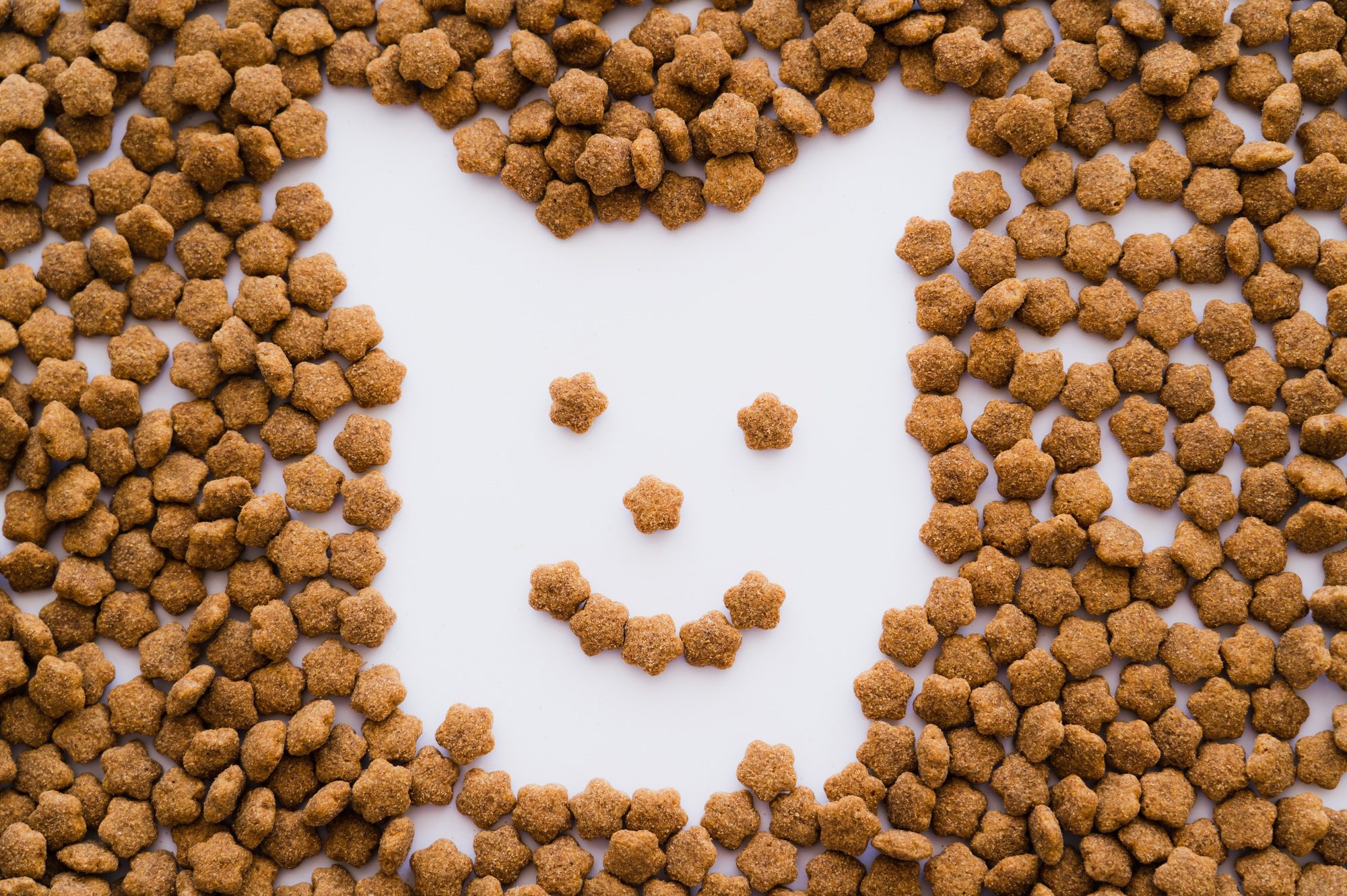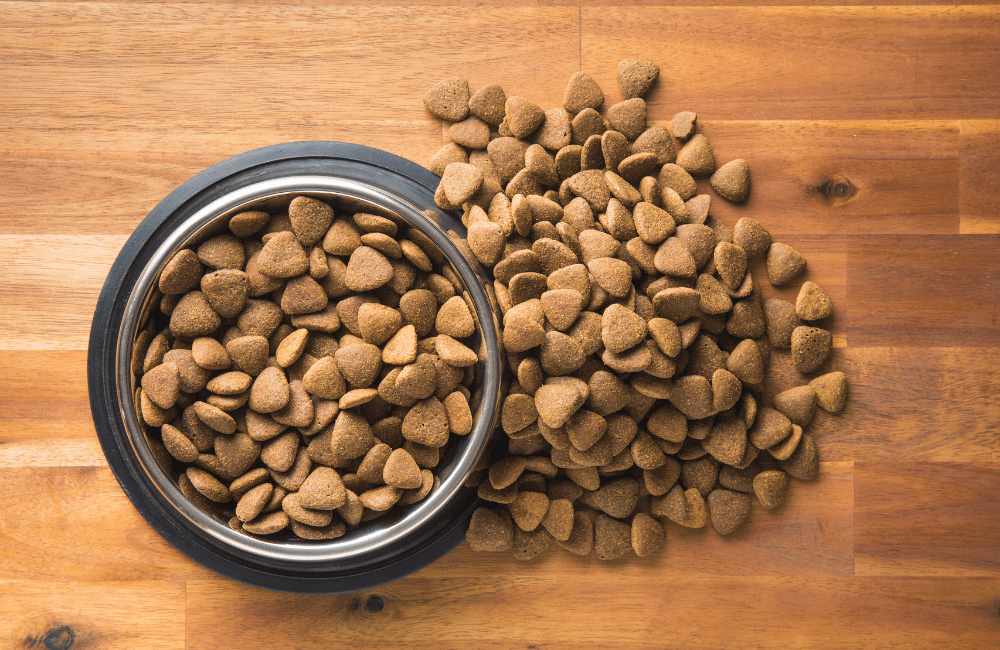Understanding Pet Food Palatability
Introduction
Pet food palatability is a critical factor in the success of pet food products. Ensuring that pets find their food appealing is not just a matter of flavor; it involves a complex interplay of ingredients, texture, aroma, and even the shape of the kibble or moist food. This article explores the intricacies of pet food palatability research, shedding light on the scientific methods and innovations that drive this essential aspect of pet nutrition.
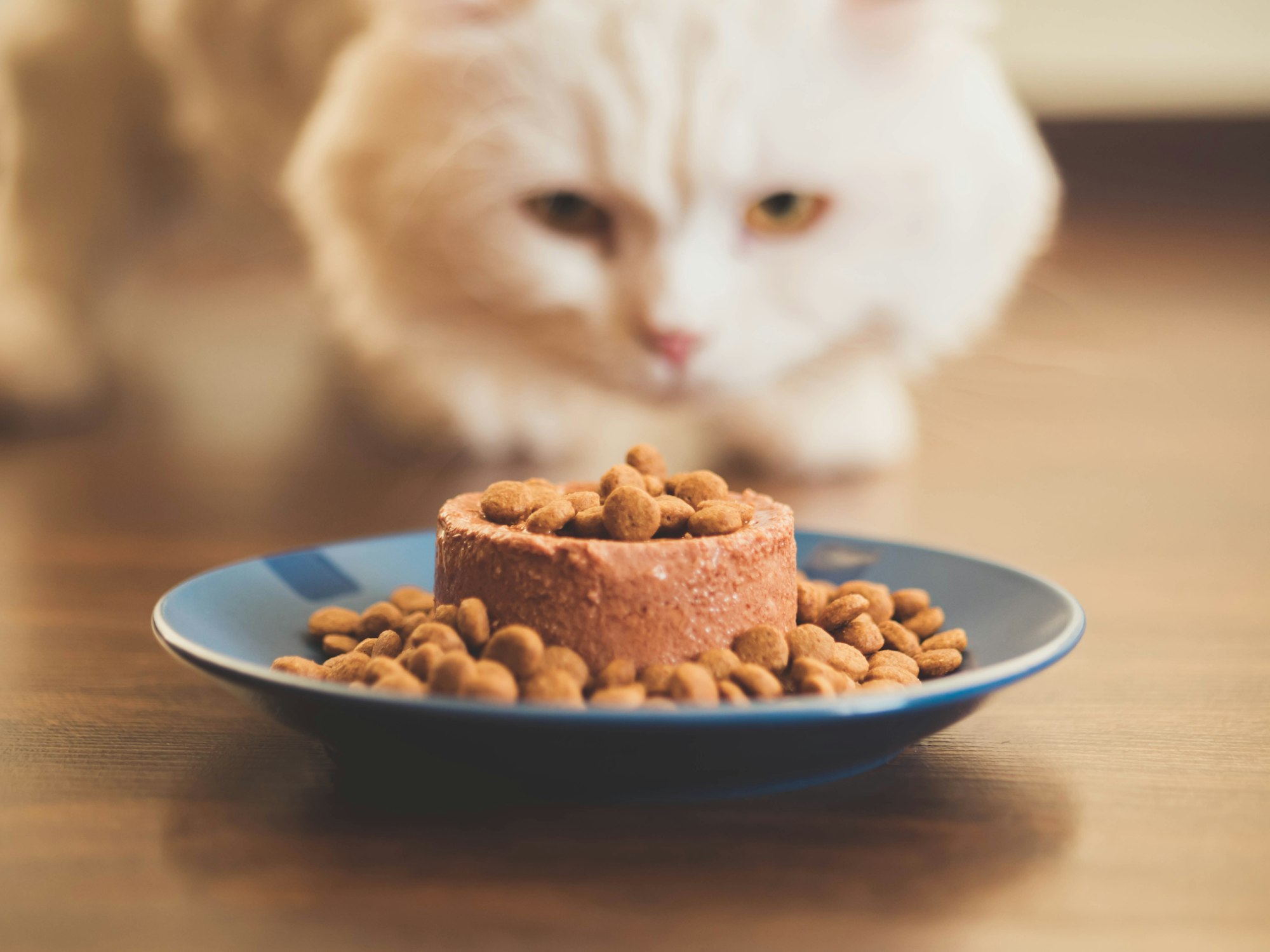
The Importance of Palatability in Pet Food
Palatability is defined as the degree to which pets find a particular food enjoyable to eat. This is crucial because even the most nutritionally balanced pet food will fail if pets refuse to eat it. High palatability ensures that pets receive the necessary nutrients for their health and well-being, and it also influences consumer satisfaction and brand loyalty in the pet food market.

Factors Influencing Pet Food Palatability
1. Flavor
Flavor is a primary determinant of palatability. Pets, much like humans, have taste preferences. Dogs typically enjoy meaty flavors, while cats may prefer fish or poultry. Flavor enhancers, such as animal fats and broths, are commonly used to boost the taste appeal of pet foods.
2. Texture
Texture plays a significant role in how pets perceive their food. Cats often prefer softer textures, whereas dogs might enjoy crunchier kibbles. The mouthfeel of the food can influence a pet’s willingness to eat and enjoy it.

3. Aroma
The sense of smell is highly developed in both cats and dogs. Aroma can be a powerful attractant, and manufacturers often use natural and artificial scents to make pet food more appealing.
4. Shape and Size
The physical form of the food can affect its palatability. Kibble size and shape are designed to suit the dental anatomy and eating habits of different pets. For instance, small breeds of dogs might prefer smaller kibble, while larger breeds may prefer bigger pieces.
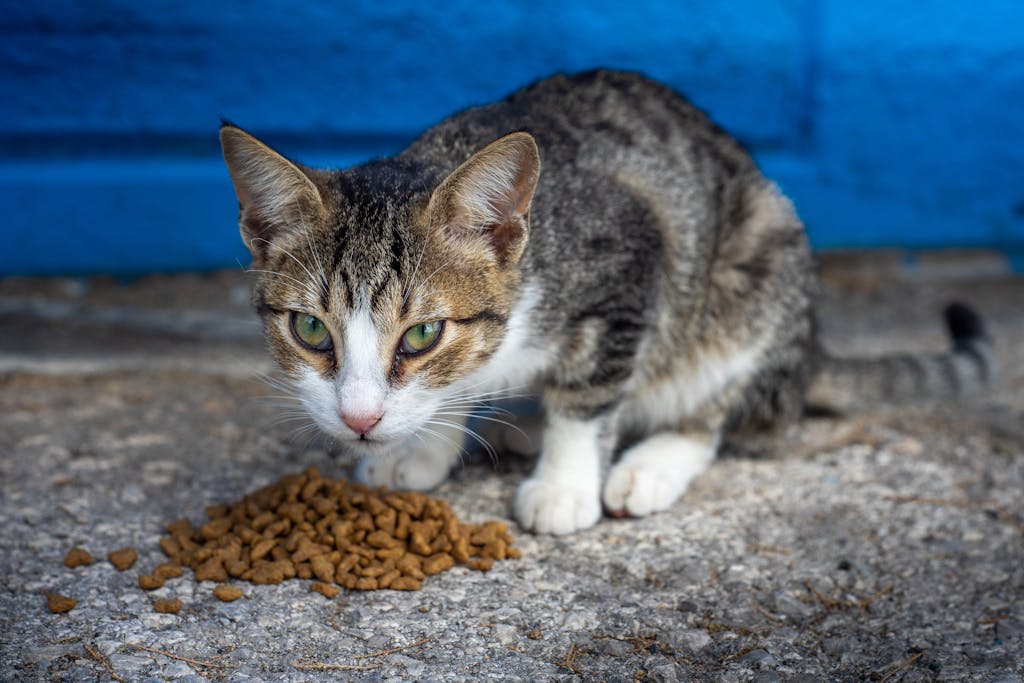
The Science of Palatability Testing
1. Two-Bowl Test
One of the most common methods for testing palatability is the two-bowl test. This involves offering a pet two different food options simultaneously and observing which one they prefer. This method provides direct insight into the comparative appeal of different formulations.
2. Monadic Testing
In monadic testing, pets are given one food at a time, and their reactions are observed over a period. This can help identify whether a particular food is generally liked or disliked by the test subjects.
3. Behavioral Observations
Researchers often observe pets’ behaviors during feeding, noting factors such as enthusiasm, time taken to start eating, and the quantity consumed. These observations can provide valuable data on the overall appeal of the food.

4. Owner Surveys
Pet owners can provide subjective but valuable feedback on their pets’ eating habits and preferences. Surveys and questionnaires help gather data on long-term acceptance and satisfaction with pet foods.
Advances in Palatability Research
1. Flavor Masking and Enhancement
Modern pet food research often involves sophisticated flavor masking techniques to hide undesirable tastes of certain nutritious ingredients. Conversely, flavor enhancement strategies are employed to make the food more appealing.
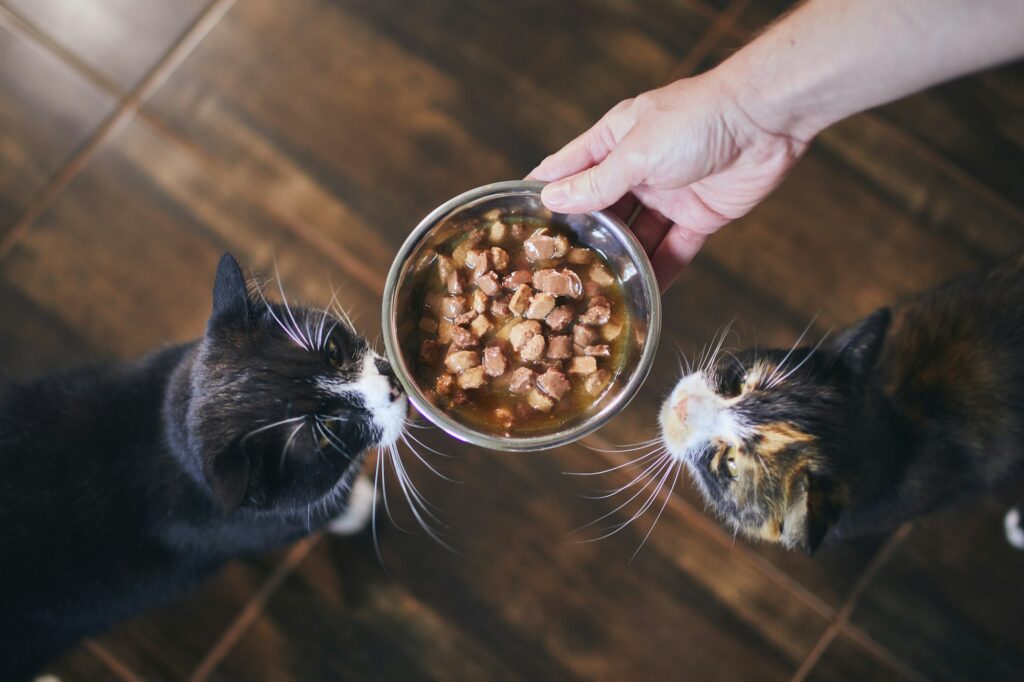
2. Nutritional Balancing
Striking a balance between nutrition and palatability is a major challenge. Researchers are continually developing formulations that are both nutritionally optimal and highly palatable. This involves careful selection and combination of ingredients.
3. Sensory Science
Sensory analysis techniques, borrowed from the human food industry, are increasingly being applied to pet food research. This includes the use of electronic noses and tongues to analyze the aroma and taste profiles of pet foods.
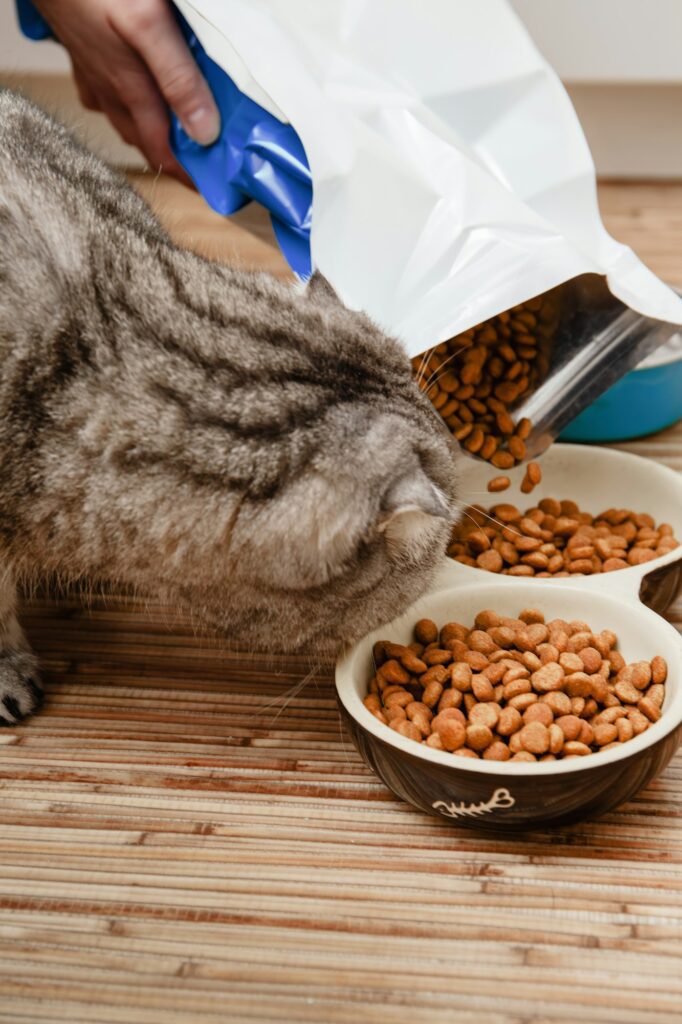
4. Ingredient Innovations
New ingredients such as novel proteins (e.g., insects or plant-based proteins) are being explored to meet the dual goals of sustainability and palatability. Research is ongoing to determine how these ingredients can be incorporated without compromising taste.
Challenges in Palatability Research
1. Individual Preferences
Just like humans, individual pets have unique preferences, making it challenging to create universally palatable foods. What one pet loves, another may reject.

2. Health Considerations
Certain health conditions require specialized diets that may not be inherently palatable. Balancing therapeutic benefits with taste is a significant hurdle.
3. Market Variability
Regional and cultural differences can influence pet food preferences, necessitating tailored formulations for different markets. Understanding these variations adds complexity to the research process.

Case Studies in Palatability Success
1. Hill’s Prescription Diet
Hill’s Prescription Diet has successfully balanced palatability with therapeutic nutrition. Their research involves rigorous palatability testing to ensure that pets not only benefit from the medical aspects of the food but also enjoy eating it.
2. Royal Canin’s Breed-Specific Formulas
Royal Canin has developed breed-specific formulas that consider the unique palatability preferences of different dog breeds. Their approach is based on extensive research into breed-specific dietary habits and preferences.

Future Directions in Palatability Research
1. Personalized Nutrition
The future of pet food lies in personalized nutrition, where diets are tailored to individual pets’ health needs and taste preferences. Advances in biotechnology and data analytics are paving the way for this personalized approach.
2. Sustainable Ingredients
As sustainability becomes a critical concern, research is focusing on how to incorporate environmentally friendly ingredients without sacrificing palatability. This includes exploring alternative proteins and plant-based diets.

3. Enhanced Sensory Techniques
Emerging technologies, such as advanced sensory analysis and artificial intelligence, are expected to revolutionize palatability research. These tools will enable more precise and comprehensive analysis of what makes pet food appealing.
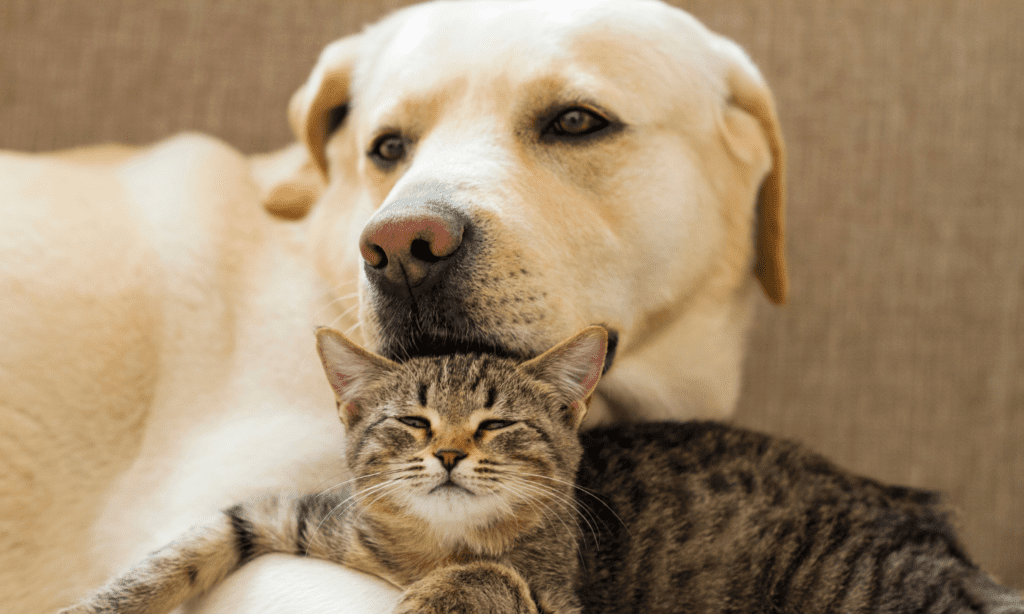
Conclusion
Pet food palatability is a multifaceted field that blends science, nutrition, and innovation. Ensuring that pets find their food delicious while also receiving balanced nutrition is a complex task that requires ongoing research and development. As our understanding of pet preferences and nutritional needs continues to evolve, the future of pet food promises to be both healthier and more appealing for our furry companions.
By staying at the forefront of palatability research, pet food manufacturers can not only enhance the well-being of pets but also strengthen their position in a competitive market. The journey towards creating the perfect pet food is continuous, driven by the ever-changing needs and preferences of pets and their owners






